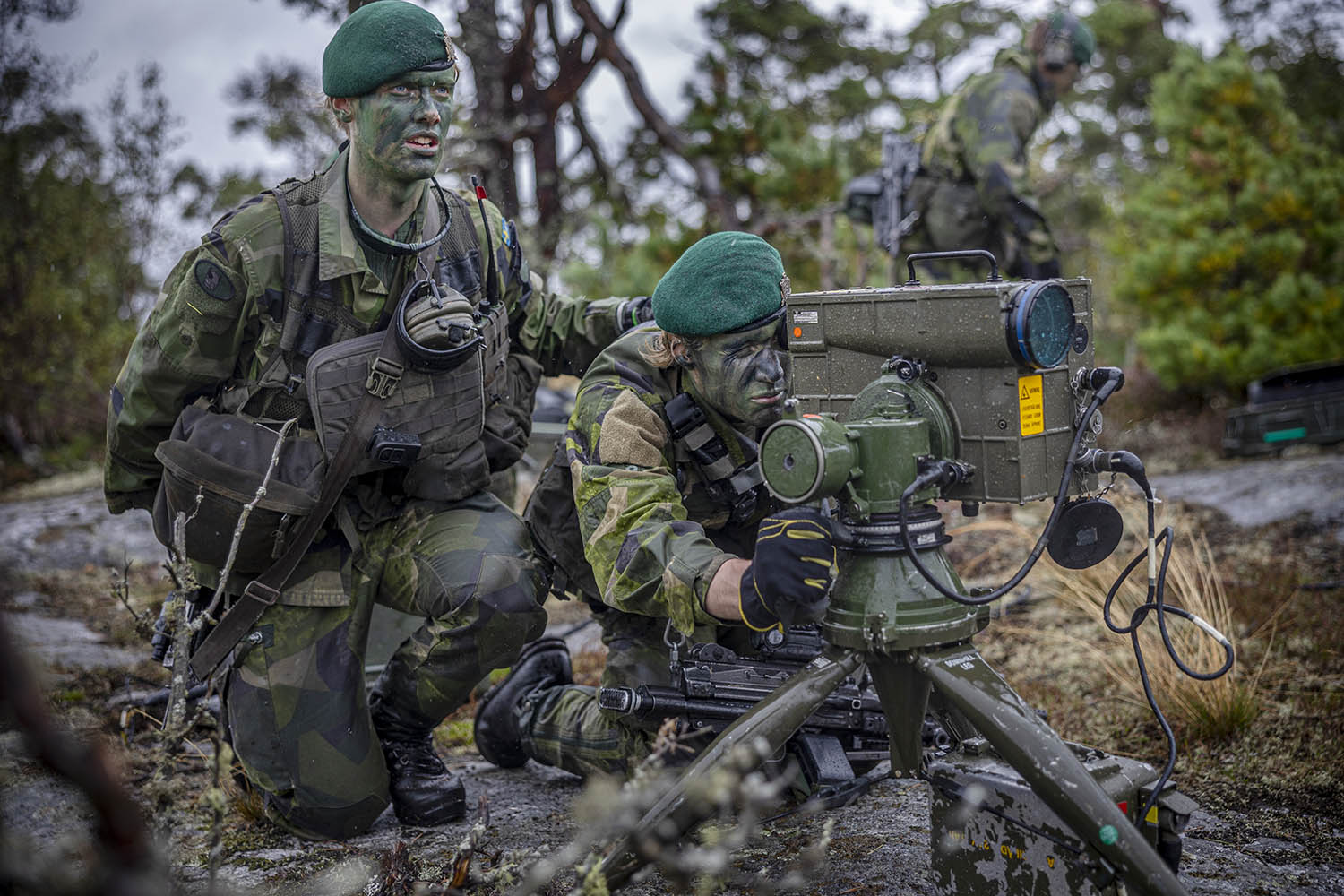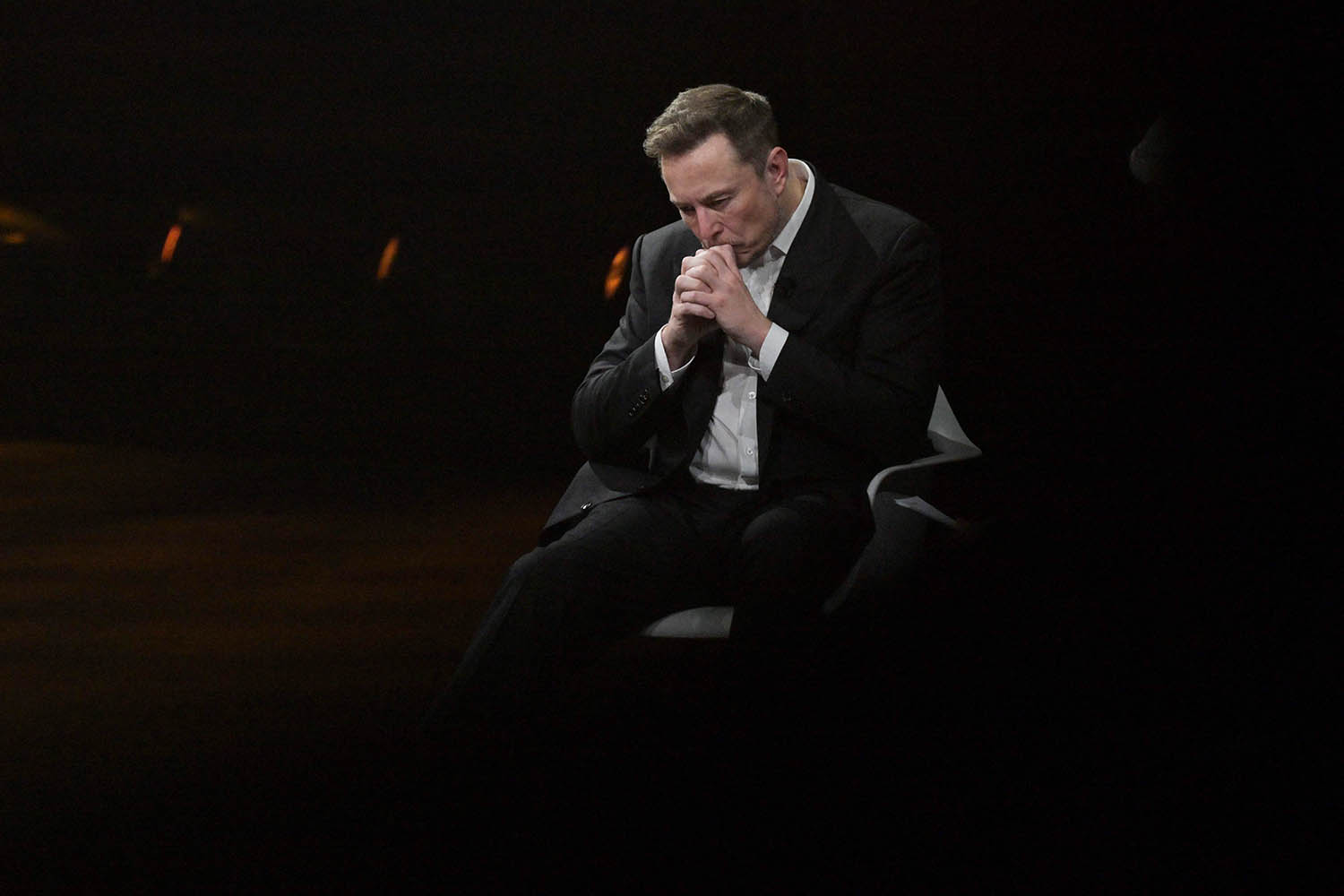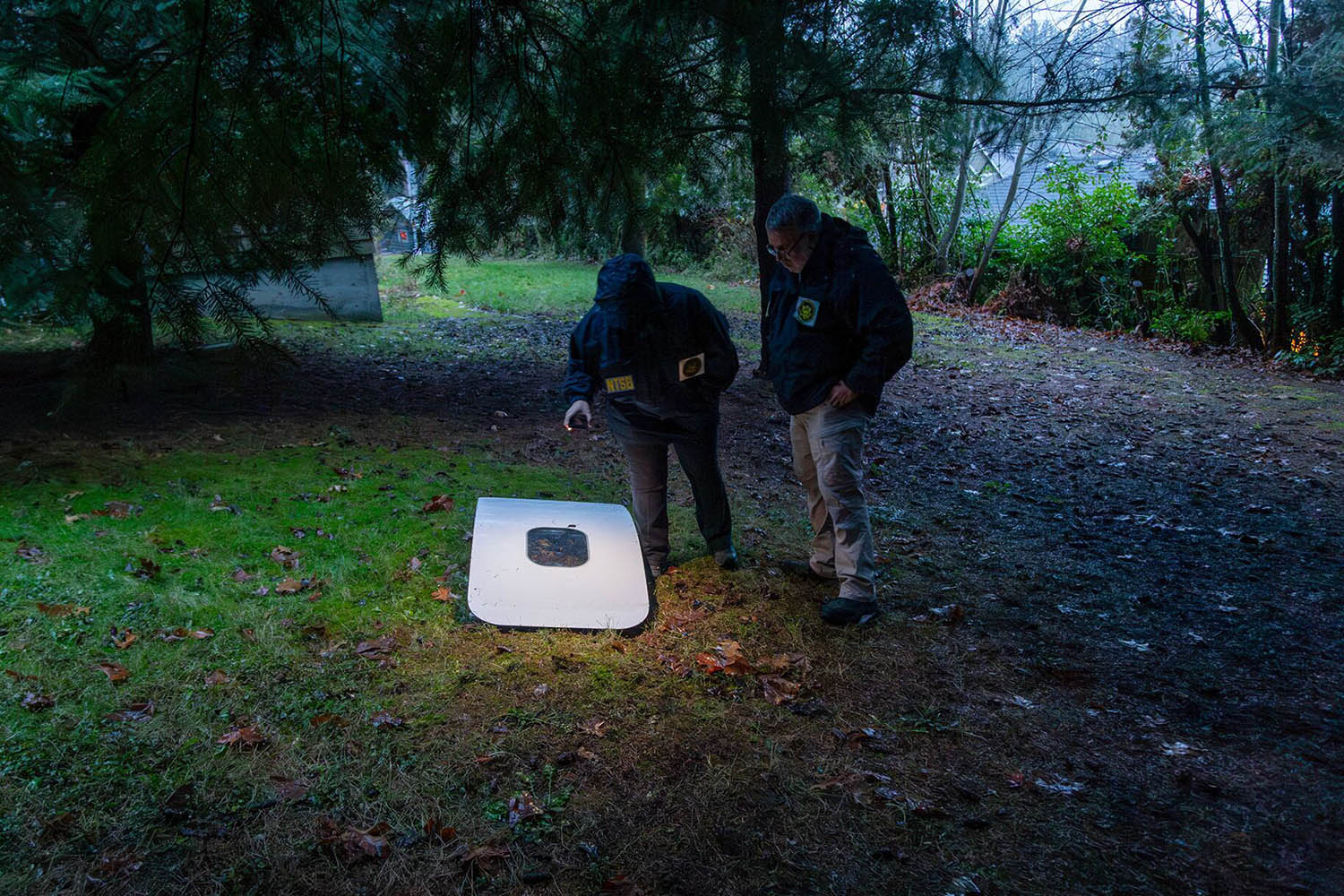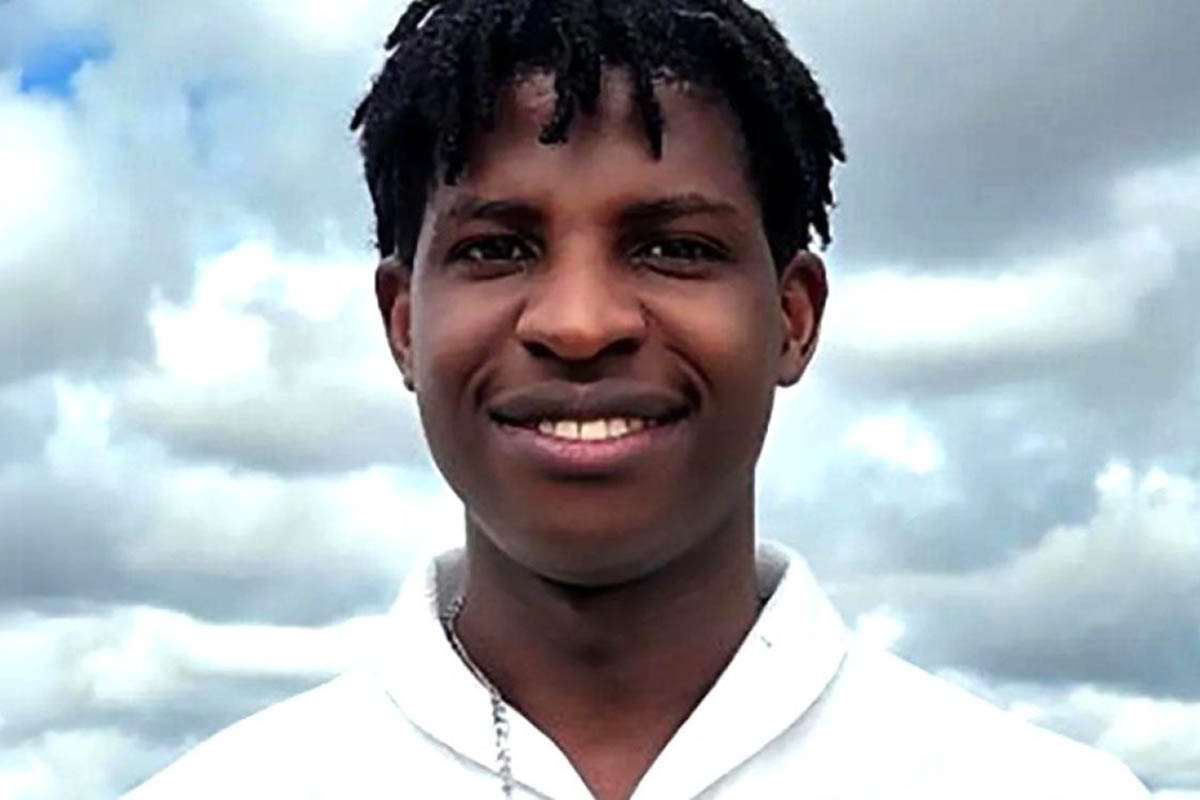
War between Russia and Nato? Mutual deterrence has prevented it for 74 years but a rogue leader in the Kremlin means it can’t be ruled out in 2024
So what? Two years ago, the idea Putin might cross the bright red line drawn across Europe by Nato would have been implausible even though he’d already invaded Georgia and annexed Crimea. Not any more.
- Nato’s border with Russia has been extended by 1,340 km by Finland’s membership of the alliance.
- Sweden is expected to join by July, overcoming Turkish objections and completing the most dramatic Nato expansion since the Cold War.
- Biden and Jens Stoltenberg, the Nato secretary-general, have joined Swedish officials in suggesting Putin could break the 75 year-old taboo against attacking Nato.
Sit rep. Putin has dismissed such talk as nonsense, much as his diplomats dismissed the idea he would invade Ukraine in February 2022. Two years on he’s warning of “problems” with Finland, rearming at home and regrouping in the Donbas as the world is distracted by a newer war in Gaza. Any outcome that left Ukraine shrunken would embolden him and be spun by the Kremlin as a win.
Given combined losses on both sides of up to half a million soldiers dead and wounded, excluding a further 28,500 Ukrainian civilians, an update is in order:
Land. There’s been little change to the stalemate reached after Ukraine’s counter-offensive stalled last year because of delays in military aid supply by allies. That allowed Russia to build the “Surovikin line” – three rows of echelon defence and minefields.
Ukrainian forces are now on the defensive along much of their 1000 km frontline, not helped by
- last year’s breaching of the Kakhovka dam, hindering Ukrainian operations on the left bank of the Dnipro river for several months;
- fierce Russian counter-attacks on the left bank; and
- Ukrainian shortages of demining equipment.
Air. Russia’s air force is five to six times larger than Ukraine’s. US-supplied Patriot air defence batteries are enabling Ukraine to bring down most incoming missiles. But Russia’s strength in numbers means it can still overwhelm Ukraine’s anti-drone and anti-missile defences, damaging both Ukrainian infrastructure and morale, the former CIA chief David Petraeus warns.
A so-called fast track for F-16 fighters for Ukraine won’t deliver them until the end of 2024, which means no new large-scale counteroffensive is likely to be attempted until then.
Sea. Success: Ukraine has destroyed 20 per cent of Russia’s Black Sea Fleet, attacking warships with missiles and sea drones. Russia’s dominance in the Black Sea is now “in question”, and a new coalition led by Great Britain and Norway is helping Ukraine win at sea, the UK’s defence minister Grant Shapps says. Russia has been forced to relocate the rest of its Black Sea Fleet (ships and submarines, including missile carriers) from Sevastopol to Novorossiysk, on Russian territory further east.
Stormclouds. Ukraine’s President Zelensky continues his global courtship of friendly leaders, but undercurrents of war fatigue are strengthening:
- In Europe – Hungary’s nationalist prime minister and Putin ally, Viktor Orbán, who’s already blocked a €50 billion EU aid package for Ukraine, may chair European Council meetings instead of Charles Michel, who’ll stand down if elected as an MEP in June. In any case Hungary takes over the rotating EU presidency for six months in July.
- On the border – the Polish-Ukrainian border is blocked for Ukrainian trucks, preventing cross-border trade that’s crucial for Ukraine’s economy and army. Moreover, Janusz Wojciechowski, the EU’s (Polish) agriculture commissioner has warned he may not support a new European Commission proposal to extend duty-free trade with Ukraine.
- In the US – senators are still negotiating with the White House on a deal on stricter asylum and migration laws to unblock military assistance to Ukraine worth $61 billion; and Trump, a Putin admirer, is still running for president.
After 210 years of peace, “there could be war in Sweden,” Carl-Oskar Bohlin, the civil defence minister, said on Sunday. That may sound alarmist, but the lesson of Putin is to prepare for the worst.





